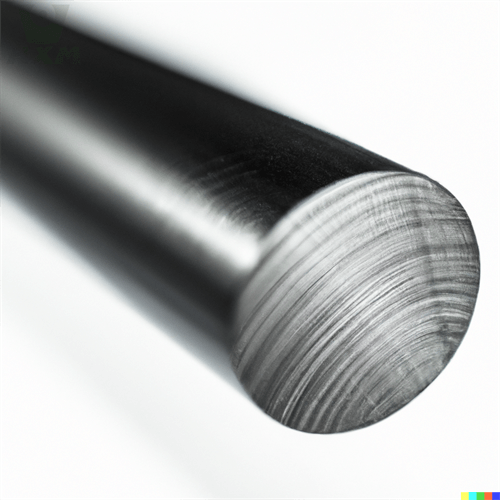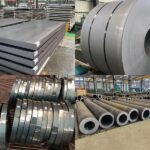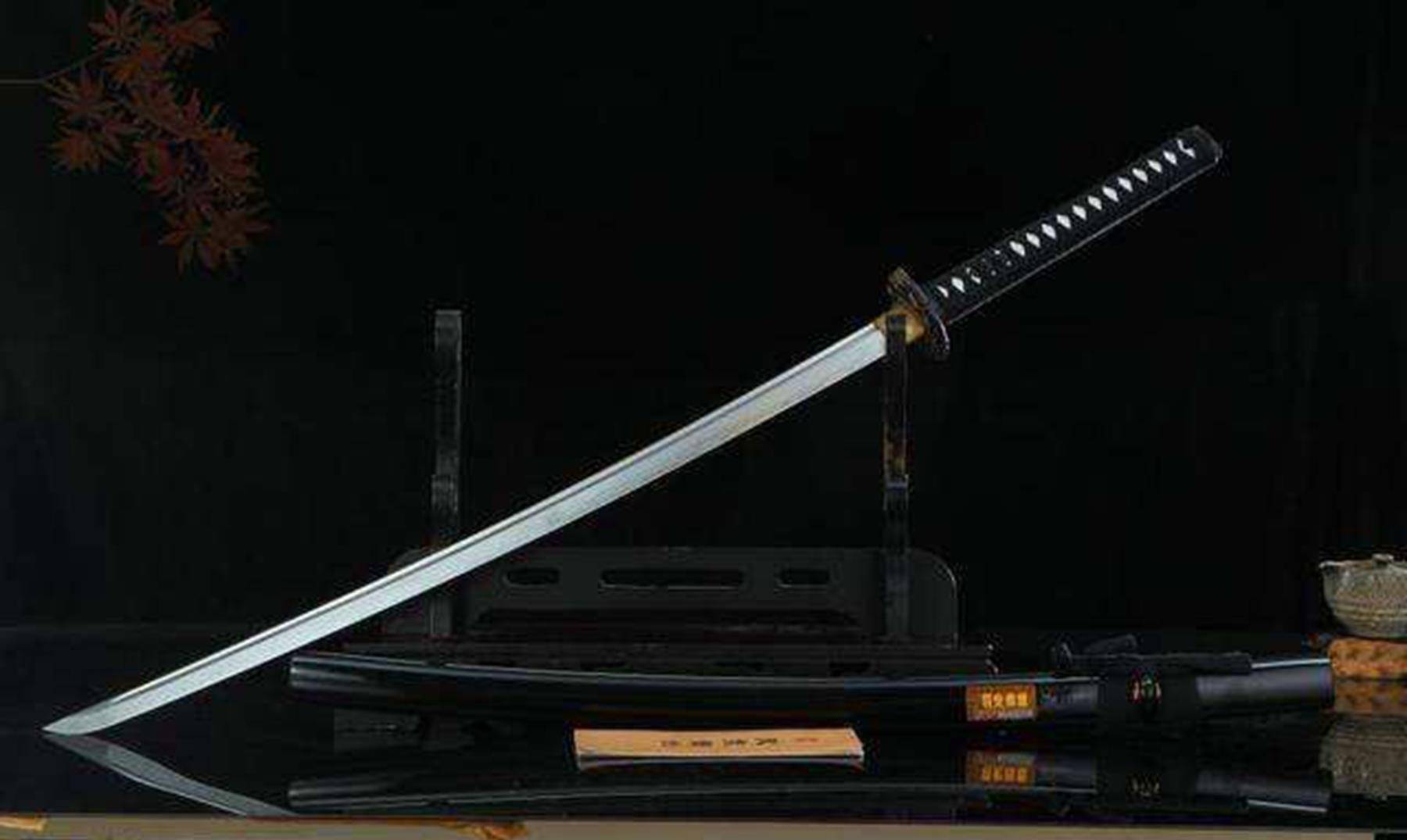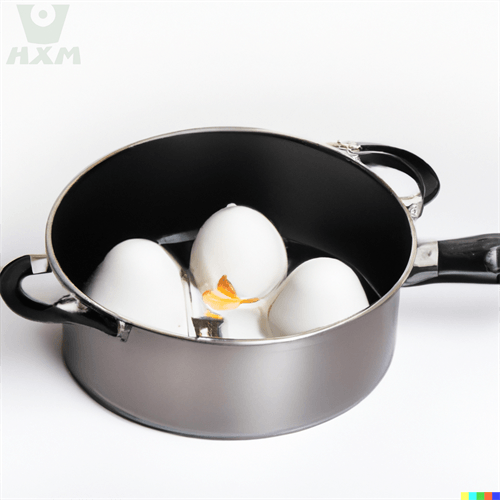Carbon steel, as a fundamental building block of the metalworking and manufacturing industries, possesses a unique combination of strength, ductility, and machinability. As a seasoned expert in metal materials from Huaxia Steel, I offer a comprehensive overview of carbon steel, exploring its properties, classification, and diverse applications.
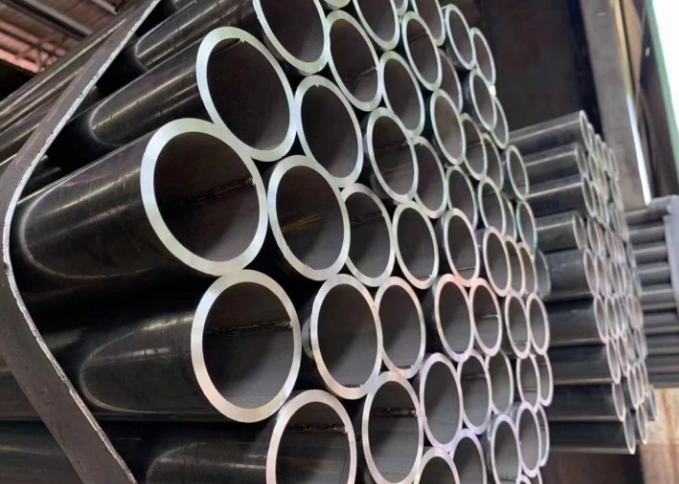
An Overview of Carbon Steel: Properties, Classification, and Applications
Introduction to Carbon Steel
Carbon steel is an alloy of iron and carbon, with a carbon content ranging from approximately 0.02% to 2.1% by weight. The carbon content significantly influences the steel’s mechanical properties, such as hardness, strength, and ductility. Carbon steel is further classified based on its carbon content, ranging from low-carbon steel to high-carbon steel.
Properties of Carbon Steel
- Mechanical Properties: Carbon steel exhibits excellent tensile strength and yield strength, making it suitable for applications requiring high load-bearing capacity. Its ductility, or ability to be deformed without fracturing, allows it to be easily shaped and formed into various parts and components.
- Wear Resistance: Carbon steel possesses good wear resistance, enabling it to maintain its shape and integrity under repeated frictional forces. This is particularly beneficial in applications involving moving parts or components that are subjected to abrasion.
- Machinability: Carbon steel is highly machinable, allowing it to be easily cut, drilled, and shaped using various machining techniques. This machinability makes it a popular choice for manufacturing complex parts and components.
- Corrosion Resistance: While carbon steel is not as corrosion-resistant as stainless steel or other alloys, it can be coated or treated to enhance its resistance to rust and corrosion. This is achieved through processes such as galvanizing, painting, or applying protective coatings.
Classification of Carbon Steel
- Low-Carbon Steel: Low-carbon steel, with a carbon content of less than 0.3%, is the most common type of carbon steel. It is highly ductile and malleable, allowing it to be easily formed and shaped. Low-carbon steel is commonly used in applications requiring high toughness and ductility, such as automotive body panels, wire, and sheet metal.
- Medium-Carbon Steel: Medium-carbon steel has a carbon content ranging from 0.3% to 0.6%. It offers a good balance of strength and ductility, making it suitable for applications requiring moderate load-bearing capacity and formability. Medium-carbon steel is commonly used in the manufacture of shafts, axles, and gears.
- High-Carbon Steel: High-carbon steel, with a carbon content greater than 0.6%, is known for its high hardness and wear resistance. However, its ductility decreases as the carbon content increases. High-carbon steel is typically used in applications where hardness and wear resistance are critical, such as cutting tools, knives, and springs.
- Ultra-High-Carbon Steel: Ultra-high-carbon steel, with a carbon content exceeding 1.0%, possesses exceptional hardness and wear resistance. However, its brittleness limits its use to specialized applications, such as the production of ball bearings and other precision components.
Applications of Carbon Steel
Carbon steel finds applications in numerous industries due to its versatility and cost-effectiveness. Some of the most common applications include:
- Construction: Carbon steel is widely used in the construction industry for structural components such as beams, columns, and plates. Its high strength-to-weight ratio makes it an ideal material for building bridges, skyscrapers, and other large structures.
- Automotive Industry: Carbon steel is a crucial material in the automotive industry, used to manufacture various components such as chassis, suspension systems, and transmission parts. Its excellent strength and ductility allow it to withstand the rigors of road use and provide a safe and reliable ride.
- Machinery and Tools: Carbon steel is used to manufacture a wide range of machinery and tools, including lathes, drills, and other cutting tools. Its machinability and wear resistance enable it to be easily shaped and maintain a sharp cutting edge.
- Energy Sector: Carbon steel plays a vital role in the energy sector, particularly in the oil and gas industry. It is used to construct pipelines, valves, and other components that are exposed to harsh environmental conditions and require high strength and corrosion resistance.
Conclusion
Carbon steel, with its diverse properties and applications, remains a fundamental material in the metalworking and manufacturing industries. Its ability to be tailored through different carbon contents and heat treatment processes allows it to meet the specific requirements of various applications. As a trusted material, carbon steel continues to play a crucial role in shaping our world.
Thank you for reading our article and we hope the overview of carbon steel can be helpful to you. If you are looking for carbon steel suppliers and manufacturers online now, we would advise you to visit Huaxia Steel for more information.
As a leading supplier of carbon steel from Shanghai China, Huaxia Steel offers customers high-quality carbon steel products at a very competitive price.


